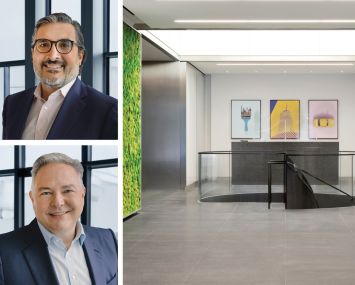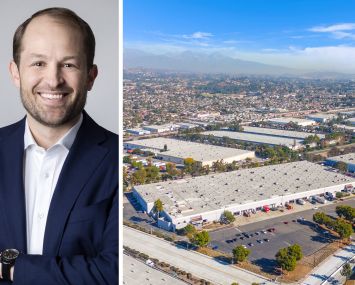 The Commercial Observer: What’s happening right now at Adams & Company?
The Commercial Observer: What’s happening right now at Adams & Company?
Mr. Buslik: The year started out slow, and it’s picking up momentum.
When did you start seeing the momentum pick up?
At the end of the summer.
Why do you think that happened?
An avalanche it’s not, but people are developing new confidence that they didn’t have over the last 12 months before that.
Are you seeing expansions?
There are some expansions, but they’re few and far between.
How have you been able to weather the recession? Any company overhauls?
There haven’t been any changes in the company. We’ve actually added personnel. We added to our management department. We’re unique in that we are a company without debt, both on the building and the company itself.
When did you have the foresight to get rid of that debt?
The debt on the buildings has been paid off over time. The buildings have been held for many years, and that’s the benefit of paying off the debt. It’s our philosophy to pay off debt. We’d rather own 10 buildings than think we own 20.
Had the company not paid down its debt, do you believe Adams would be struggling?
Debt is debt. See the new windows? You saw the new elevators you came in on? The bathrooms? All these things we tried to do when the market was soaring and people were buying buildings. We were trying to take care of what we had.
Tell me about some of your recent transaction activity.
The most recent transaction at 11 East 26th Street involved a tenant expansion, which is unusual. It was a blend-and-extend transaction. We had an existing tenant, JLA Home. They had six years to go on their lease. We created a new 12-year lease. We blended what they were paying with current market rents.
In your career, you’ve been involved in the creation of a lot of specialty buildings, namely the Contemporary Sportswear Building at 231 West 39th Street, The Menswear Building at 42 West 49th Street and the Outerwear Building at 463 Seventh Avenue, just to name a few. For you, what’s the appeal of those types of buildings?
Specialty buildings are stronger in difficult times, and they don’t perform as well in the go-go years. So they’re more of a stable environment. Tenants in specialty buildings don’t always move for price. And, in many instances, they want to remain in their location based upon the critical mass of merchants that do similar things around them. We still have to be competitive with price, and the times call for lower prices, and we have to do it, but we don’t have to worry about them running downtown or going to Long Island City or going to New Jersey.
Is it easier to keep tenants in specialty buildings?
Today you have to fight for every tenant.
How have you been able to lure new companies to the specialty fold?
We are a founding sponsor of ‘Shop 10018,’ which is the ZIP code in the garment district. Five times a year, there are open houses with all the merchants in the building. There’s a DJ in the lobby. There’s activity in order to create activity for our vendors. The tenants have agreed to pool their resources and to pool their contacts, and mailings go out to the stores that visit the buildings, encouraging them to come to the building during this time frame. It’s a shared marketing effort in order to better enhance the traffic at the buildings. The traffic of stores visiting the buildings.
With times being tough, how stubborn or demanding have tenants been?
Unrealistic people don’t do business, I’ll put it that way. Everyone asks for a lot, but both sides need to see the light at the end of the tunnel. There’s a lot of unrealistic people out there as well. The ones who don’t compromise are still out there looking.


